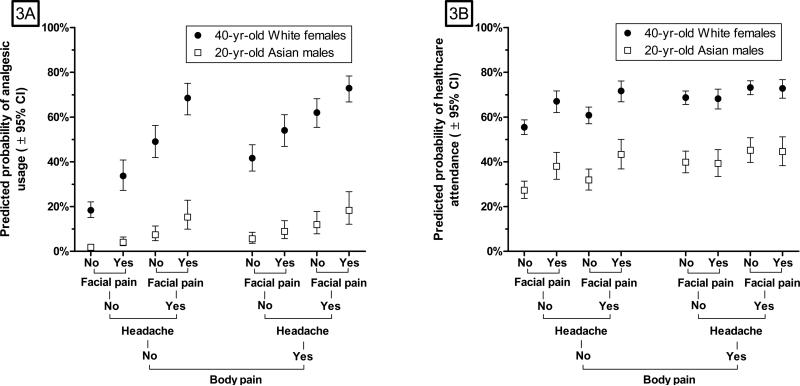Figure 3. Association between three types of pain symptoms and two health behaviors: OPPERA prospective cohort study 2006-2011.
Figure 3: Predicted probabilities of: analgesic usage (Figure 3A) and of healthcare attendance (Figure 3B) during quarterly periods of follow-up in the OPPERA prospective cohort study. Predicted probabilities are from binary logistic regression generalized estimation equation models, shown in Supplementary Table 4. The models estimate probability of each health-related behavior during the same quarter in which symptoms of orofacial pain, headache and bodily pain were reported. Models adjust for OPPERA study site, age (continuous variable), gender (two categories), race/ethnicity (5 categories) and lifetime US residence (three categories). Predicted probabilities and their 95% confidence intervals are shown for two contrasting demographic groups, selected to illustrate one group with high underlying probabilities of each behavior [● 40-year-olds, White, females] and another group with low underlying probabilities of each behavior [□ 20-year-old Asian males]. Data are from 25,103 quarterly (three-monthly) questionnaires completed by 2,719 people over a median 2.3 year follow-up period in the OPPERA prospective cohort study.

